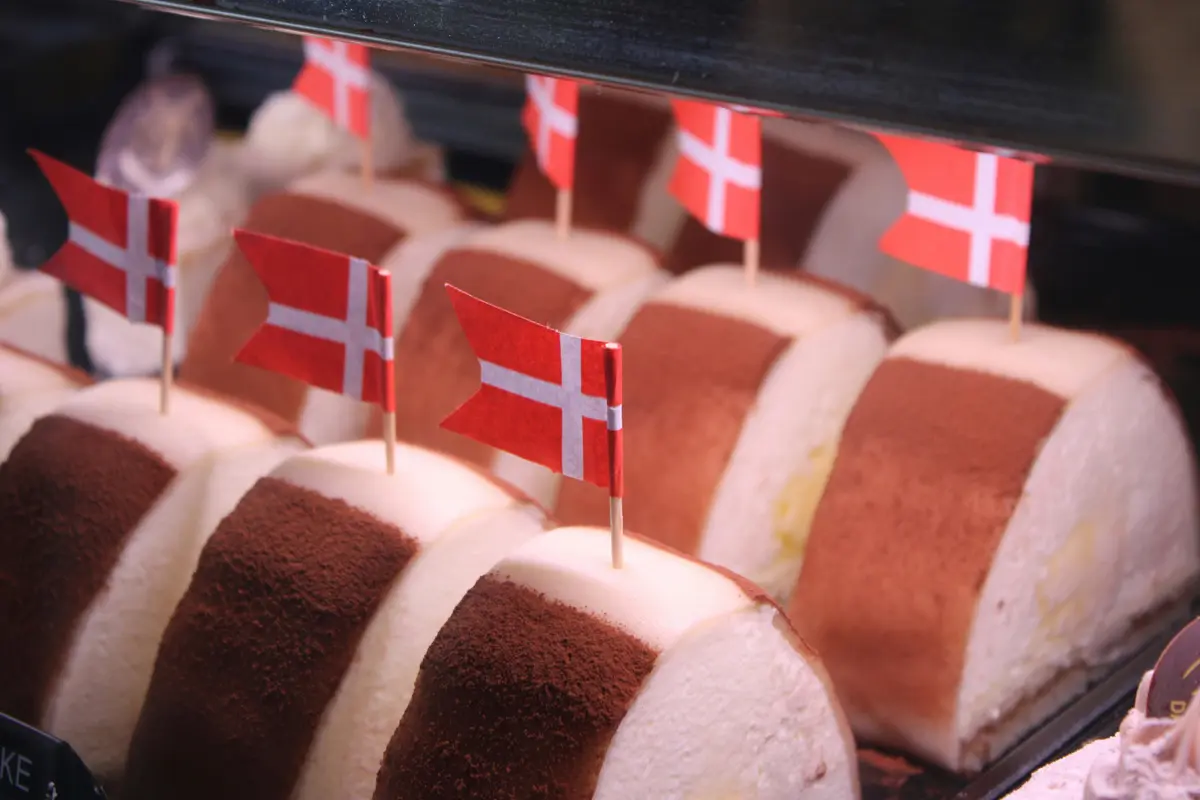
Photo by Jolea Schwindt on Unsplash
Hello in Danish Language: How to Greet Like a Local
Visiting Denmark or chatting with Danish speakers? Knowing how to say hello in Danish language is your first step toward friendly conversations and cultural connection.
This guide walks you through the most common greetings, polite phrases, pronunciation tips, and cultural etiquette to help you make a great first impression—whether you’re visiting Copenhagen, learning Danish online, or simply curious.
👋 The Basic Way to Say Hello in Danish
The most common and universal way to say hello in Danish is:
Hej (pronounced like “hi” in English)
It’s short, friendly, and can be used in both formal and informal settings. Whether you’re meeting friends or speaking to a cashier, Hej works just fine.
💬 Other Common Danish Greetings
Here are other ways to say hello or greet someone depending on the time of day or situation:
| Danish Greeting | English Equivalent | When to Use |
|---|---|---|
| Hej | Hi / Hello | Anytime, informal and formal |
| Godmorgen | Good morning | Morning until noon |
| Goddag | Good day | Formal daytime greeting |
| God eftermiddag | Good afternoon | Less common, but polite |
| Godaften | Good evening | Evening greeting |
| Hallo | Hello (on the phone) | Informal or answering calls |
| Hejsa | Hey there | Casual, friendly greeting |
| Dav | Hi / Hey (older Danish) | Informal, used less nowadays |
🔈 How to Pronounce Danish Greetings
Danish pronunciation can be tricky due to the soft and muffled sounds. Here’s a quick guide to help you pronounce greetings correctly:
- Hej → sounds like “hi”
- Godmorgen → “go mohn” (the ‘d’ is soft or silent)
- Godaften → “go ahf-ten”
- Hejsa → “hi-sah”
💡 Use Avatalks Danish pronunciation tool to hear native-style audio.
🙋 Danish Greeting Etiquette
Saying hello is more than just words—it’s about how you say it.
- Eye contact is important.
- A firm handshake is common in formal settings.
- A simple nod or smile is enough for casual interactions.
- Avoid hugs unless you know the person well.
Politeness is valued, but over-enthusiasm might feel odd to Danes. Keep it genuine and calm.
🗣️ Greeting Strangers vs Friends
In informal situations with friends, Danes might use:
- Hejsa – casual and cheerful
- Hvordan går det? – How’s it going?
- Hva’ så? – What’s up?
In more formal or first-time meetings:
- Goddag – Good day
- De hedder…? – What is your name? (formal)
🌍 Regional Variations and Dialects
While Hej is universal across Denmark, regional dialects may slightly affect pronunciation. In Jutland, some people may speak more softly or shorten greetings. In Copenhagen, the tone may be faster and more urban.
Still, the core greetings remain the same across the country.
👶 Teaching Kids to Say Hello in Danish
Teaching children? Start with:
- 👋 Hej – Hello
- 🌞 Godmorgen – Good morning
- 💤 Godaften – Good night
Pair it with pictures or activities. Saying hello to stuffed animals or during morning routines makes it fun and memorable.
📚 Related Vocabulary You’ll Hear Often
| Danish | English |
|---|---|
| Farvel | Goodbye |
| Vi ses | See you |
| Tak | Thanks |
| Velkommen | Welcome |
| Undskyld | Excuse me / Sorry |
| Hvordan har du det? | How are you? |
🧠 Tips to Remember Danish Greetings
- Use them daily — say “hej” even to yourself!
- Label your house — add sticky notes with Danish phrases.
- Practice with native audio — mimic intonation and sound.
- Chat with avatars — tools like Avatalks let you practice greetings in real scenarios.
🤖 Practice Saying Hello in Danish with AI
Want to test your Danish greeting skills in real conversations?
Try Avatalks free Danish lessons to chat with AI-powered avatars who respond in real-time. You’ll learn how to greet in formal vs casual settings and get instant pronunciation help.
🧾 FAQs: Hello in Danish Language
What is the difference between “Hej” and “Goddag”?
- Hej is more casual and modern.
- Goddag is more traditional and formal, often used in official contexts.
Is “Hallo” commonly used?
Yes, but mostly over the phone. In person, Hej is better.
How do I say “Hi everyone” in Danish?
You can say: Hej alle sammen! (Hi everyone!)
🎯 Final Thoughts: Start Every Conversation with “Hej”
Now that you know how to say hello in Danish language, you’re ready to greet like a local. Whether you’re learning Danish from scratch or preparing for a trip, greetings are your best way to connect.
✅ Start with Hej
✅ Add Godmorgen or Godaften
✅ Be polite and confident
Keep practicing and you’ll be chatting like a Dane in no time!
Ready to start speaking Danish today?
👉 Try your first lesson on Avatalks — it’s free!